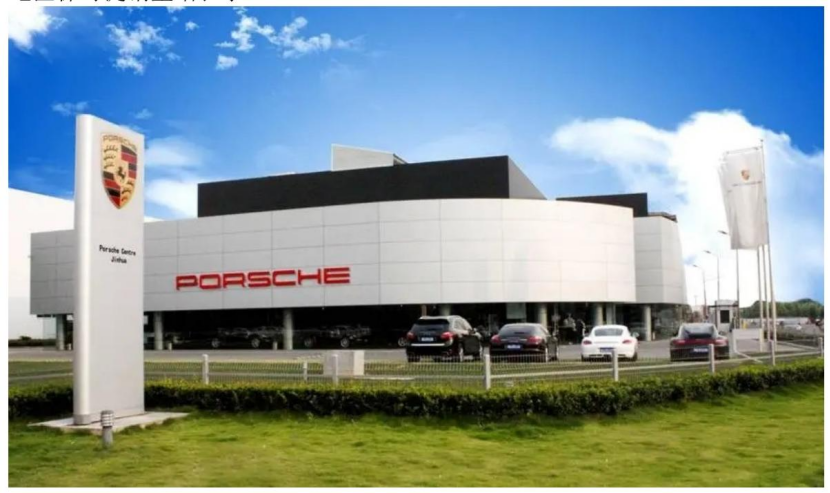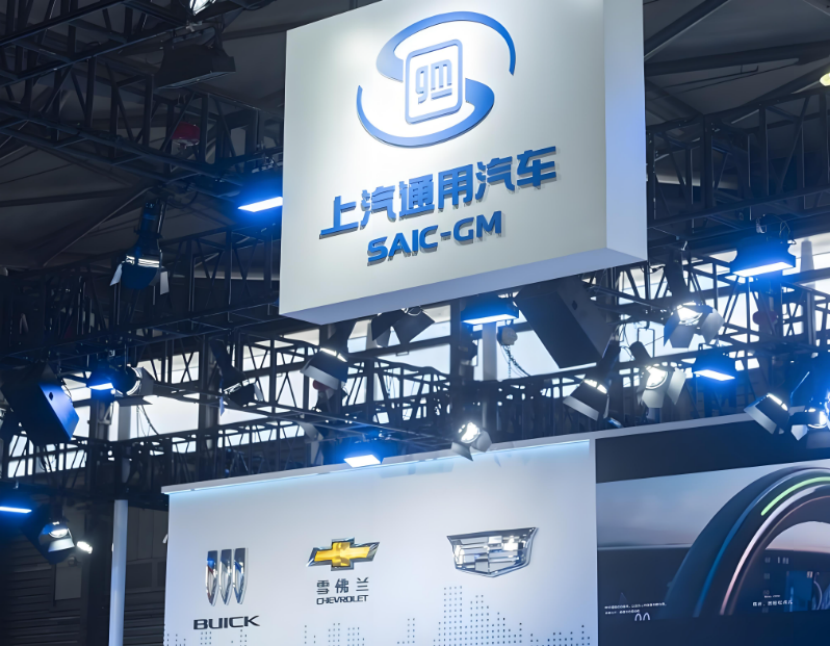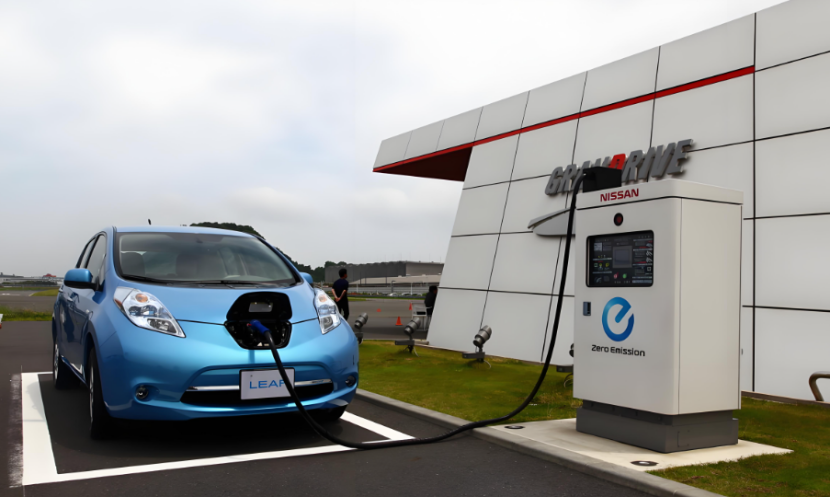Industry Differentiation amid Tariffs and Supply Chain Disruptions
Global Automotive Market Dynamics: Industry Differentiation amid Tariffs and Supply Chain Disruptions
Recently, the global automotive market has been significantly differentiated due to multiple factors such as adjustments in tariff policies and fluctuations in the supply chain. The sales and production plans of many mainstream automakers have been impacted to varying degrees, while some enterprises have achieved growth against the trend.

Tariffs trigger a chain reaction in the market
Tariff policies have become a key variable that stirs up the market. The used car market in the United States was the first to show fluctuations. According to the Mannheim Used Car Value Index, after adjusting for seasonal factors, the index rose by 1.6% in June compared with May, It soared by 6.3% year-on-year to 208.5 points, marking the largest year-on-year increase since August 2022. It has been on the rise for a consecutive year and is currently at its highest level since October 2023. This round of increase is directly related to the auto tariffs imposed by the Trump administration.

Trade barriers also impact vehicle manufacturers
Mercedes-benz Group's global deliveries in the second quarter declined by 9% year-on-year due to the setback in demand in the United States and China. A total of 547,100 passenger cars and light commercial vehicles were delivered. Its models are facing sales pressure in the two key markets of the United States and China due to high import tariffs. Nissan has suspended the production of three models - Pathfinder, Murano SUV and Frontier pickup truck - for the Canadian market at its factories in Tennessee and Mississippi, the United States, since May due to the mutual imposition of auto export tariffs by the United States and Canada.

The sales of mainstream car manufacturers show a significant divergence
The luxury car sector shows regional differentiation characteristics. Porsche's global sales in the first half of the year dropped by 6% year-on-year, with a total of 146,391 vehicles delivered. Sales in the Chinese market led the decline, falling by 28% year-on-year. The company attributed this to the severe market environment and fierce competition. However, it achieved a 10% growth in the North American market, continuing the strong performance of this region as its largest market.

The supply chain restricts the production plan
The supply issue of rare earths has disrupted the production layout of automakers. Kyodo News Agency of Japan reported on July 8 that due to the shortage of components caused by China's restrictions on rare earth exports, Nissan has been forced to scale back the production plan of its new Leaf electric vehicle, which was originally scheduled to be launched later this year. The production adjustment may hinder its restructuring plan, including closing seven factories and laying off 15% of its staff.


发表评论 取消回复